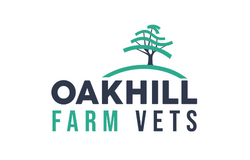Garden plants poisonous to livestock
Livestock may eat toxic plant species when they are dried in forages such as hay. So even if you think your livestock can’t access garden plants it’s still important to be aware of which ones are poisonous. Here are a few of the most common toxic garden plants.
Yew
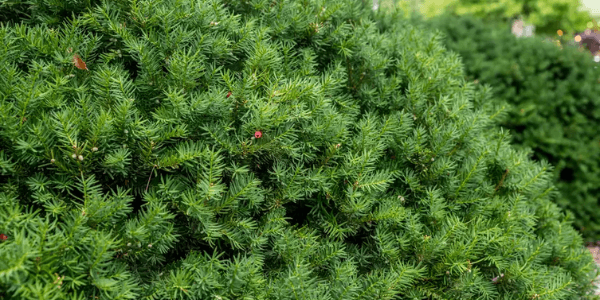
Yew is commonly found in church yards and even small amounts are fatal. It contains highly toxic alkaloids which affect the heart, causing an irregular heartbeat and rapid death. Yew clippings must be disposed of appropriately and good fencing should prevent cattle from entering church yards and gardens.
Rhododendron
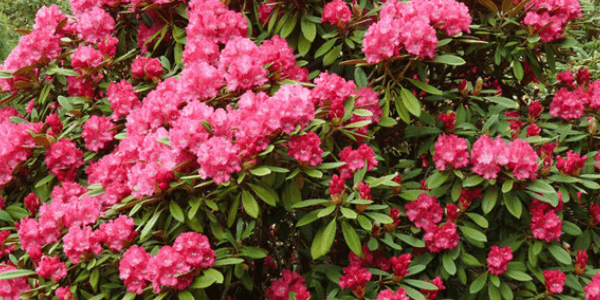
Rhododendrons contain a poison (Grayanotoxin) that slows the heart rate and lowers blood pressure. Affected livestock are weak, often recumbent, bloated and may vomit, which is unusual for ruminants. Goats in particular my exhibit dramatic projectile vomiting with rhododendron poisoning. Animals show signs of abdominal pain such as groaning and teeth-grinding. Death may be rapid. As a prevention, ensure stock have access to adequate silage or hay at these times to reduce the likelihood of livestock browsing. Pastures bordering woodland should be inspected for rhododendron and fenced accordingly. Ensure clippings are disposed of appropriately.
Pieris
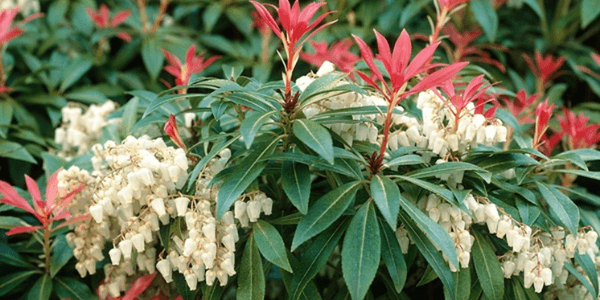
Ornamental garden shrub. Most commonly nibbled over a garden fence or ingested when hungry animals break into a garden. This plant contains the same toxin as the Rhododendron (Grayanotoxin) and produces similar gastro-intestinal signs and is often fatal.
Laurel
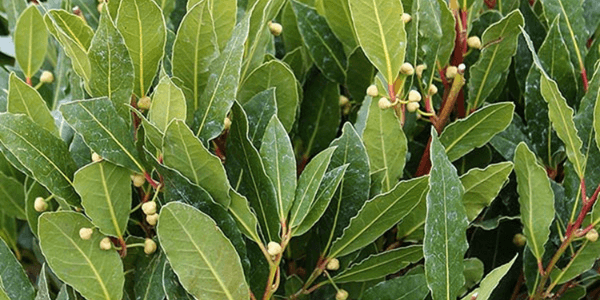
Laurel contains cyanide, one of the most rapidly acting toxins affecting cattle. Cyanide prevents haemoglobin in red blood cells from releasing oxygen, effectively starving the tissues of oxygen. Affected animals initially show excitement, increased breathing and heart rate, and increased salivation. The mucous membranes are bright red, eventually turning blue. Muscle spasm, coma and death follow. Laurel should not be planted where animals can reach.
